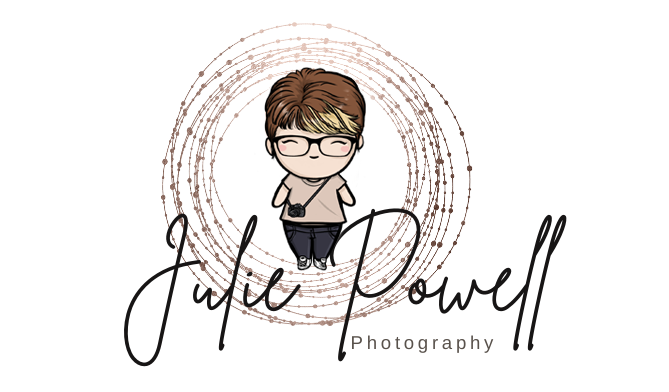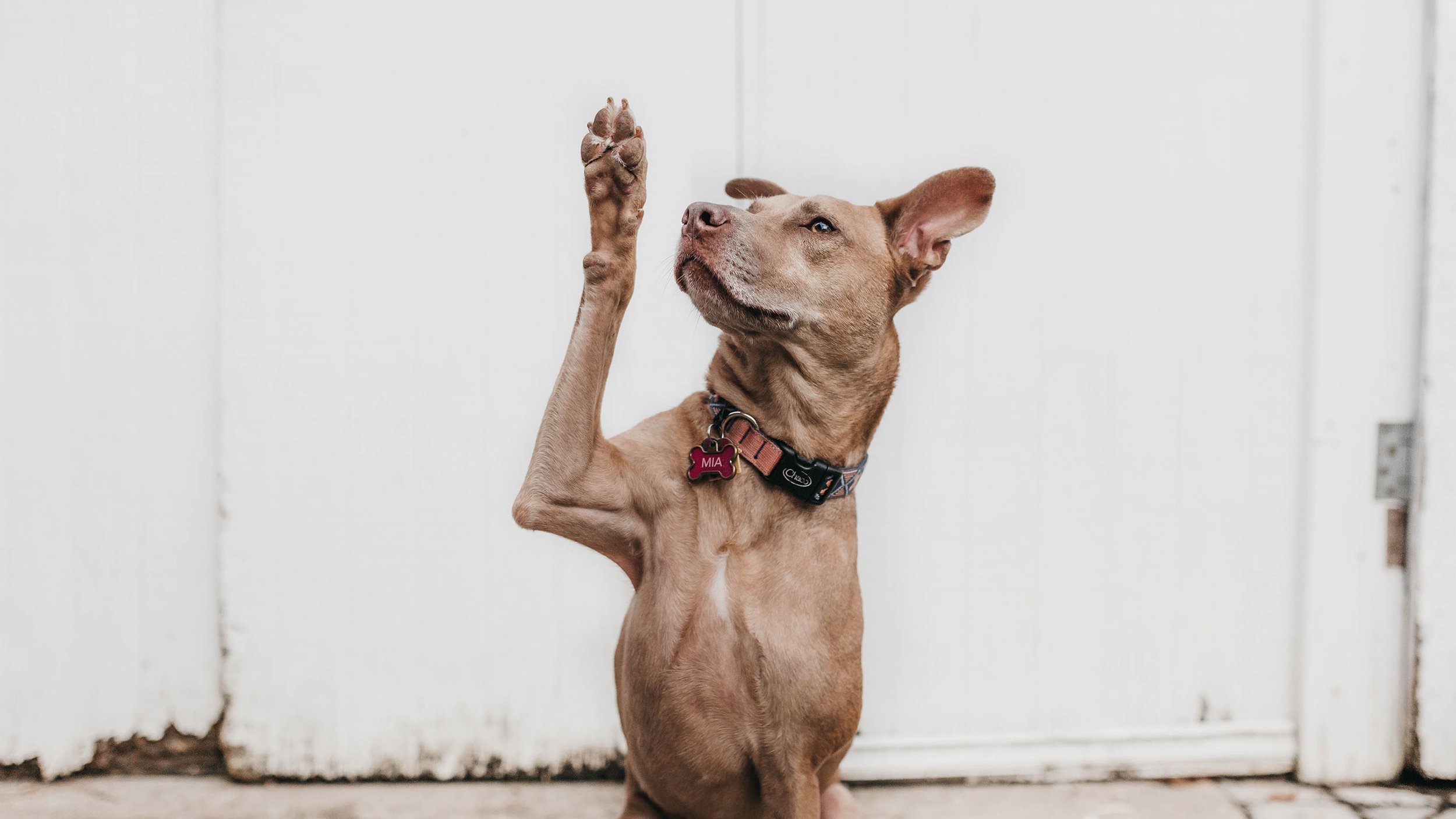Should I convert to DNG?
Photo by Camylla Battani on Unsplash
Have you ever noticed when importing images into Lightroom Classic and “Copy as DNG” is listed as an option? It’s possible you completely skipped this as A/ You had no idea what it meant or B/ you just totally missed it. So, should you convert Raw files to DNG?, I believe yes and you might consider doing so, after reading this post.
What is a DNG?
DNG stands for Digital Negative file and is a free open-source file for Raw images. Basically, it’s a standardised Raw format file that anyone can use, some manufacturers do, but not all. Currently, many camera manufacturers have their own proprietary Raw format, Nikon is NEF, Canon is CR2, Sony is ARW etc. Being proprietary means that the manufacturer does not share all the information that makes up that file and HOW it is processed in-camera with anyone else. It’s their trade secret so to speak. If at some unknown time in the future that changes or that brand disappear (as unheard of or unthinkable as that may seem), these files may become difficult later on to read.
Copy as DNG in Lightroom Classic
Why you might consider DNG?
DNG doesn’t use a sidecar file. A sidecar file is an XMP file or additional file that contains the metadata to a raw image. When Lightroom makes changes to a raw file, the raw file itself remains unchanged. A sidecar file is created to tell editing programs what has changed in the image. Lightroom will create an .xmp sidecar file for every photo edited. With a DNG file all the information is embedded in the file, so there is no need for a sidecar file.
DNG files are also slightly smaller than the proprietary Raw files. It still contains all the same data, it just takes up a little less room. And more room on your hard drive is always a good thing.
How to convert files to DNG?
This is the easy bit…anytime! You can convert them on import. But you can also convert them on export. Of course, you can do it at any time, click on the Library tab and select Convert photo to DNG.
Convert photo to DNG
Of course, this is a totally different discussion on Raw Vs Jpeg, but you can also check that out here – Should you photograph in RAW or JPEG? The answer is YES, by the way.






